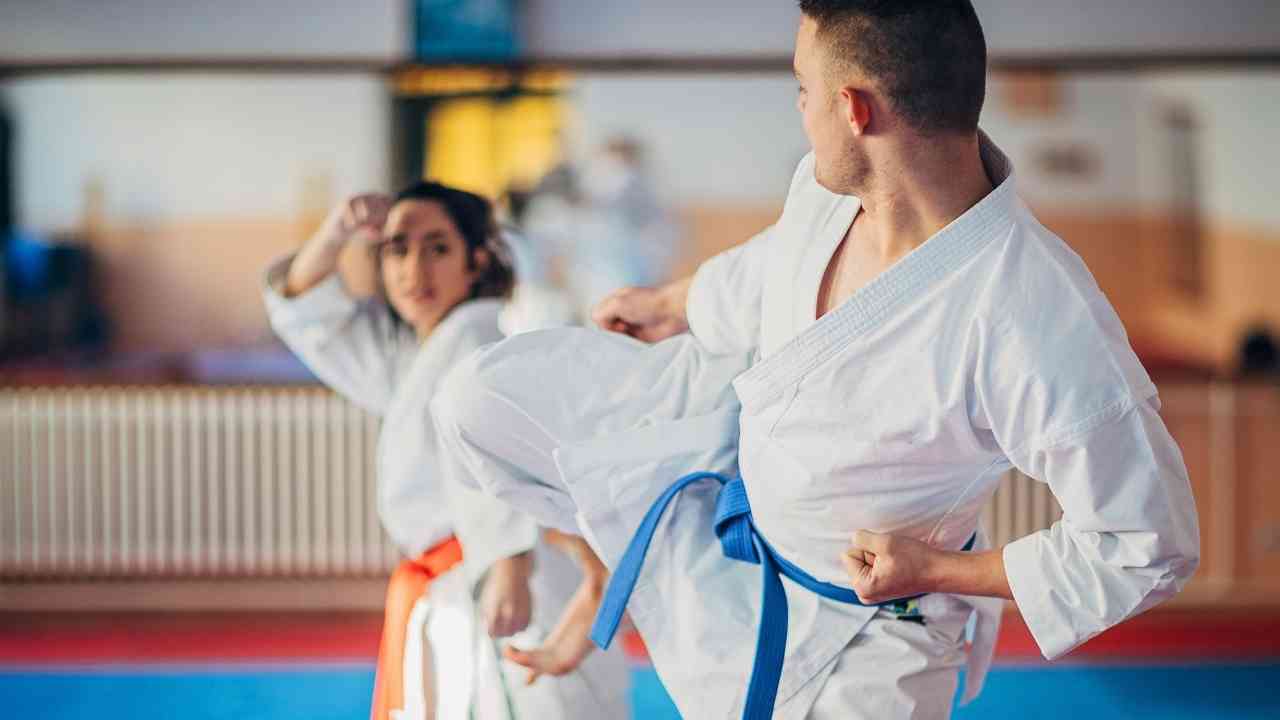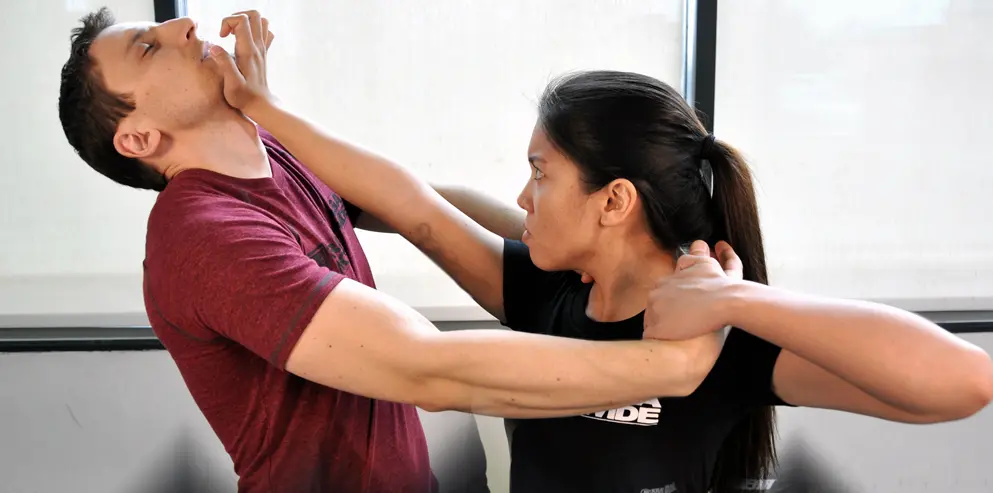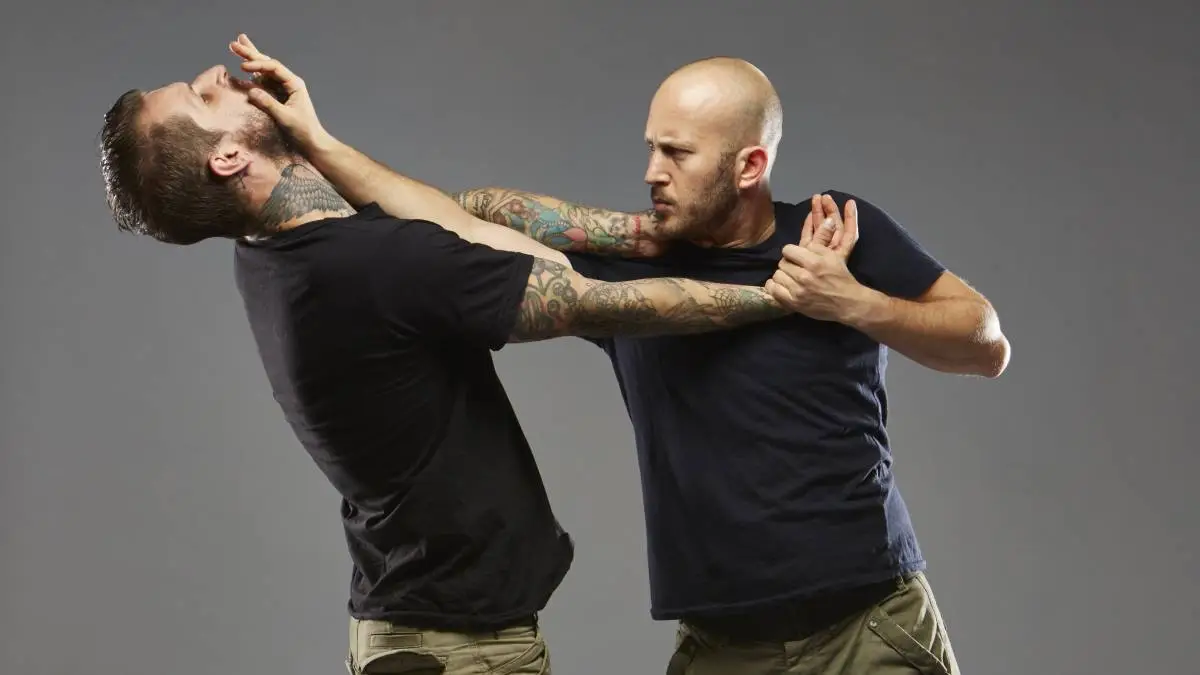Krav Maga: The Art of Self-Defense: Krav Maga, a self-defense system created by the Israeli Defense Forces (IDF), is famous for its emphasis on real-world scenarios and its efficient, powerful counter-attacks.
This martial art combines techniques from boxing, wrestling, aikido, judo, and karate, but what sets it apart is its emphasis on survival and neutralization of threats in real-life scenarios. Krav Maga teaches students to respond quickly and effectively to any threat, whether it’s a physical attack, an armed assault, or a multiple-attacker situation.
History and Development
Krav Maga was developed in the 1930s by Imi Lichtenfeld, a Hungarian-Israeli martial artist who used his street-fighting skills to defend the Jewish quarter against fascist groups in Bratislava. After emigrating to Israel, Lichtenfeld began to train the IDF in hand-to-hand combat techniques, and Krav Maga was officially born.
The name “Krav Maga” means “contact combat” in Hebrew, reflecting its practical and hands-on approach. Over the years, the system has been refined and adapted for civilian, law enforcement, and military applications worldwide.
Core Principles

- Neutralizing the Threat: The primary goal is to neutralize the threat as quickly as possible, using any means necessary. This can include strikes to vulnerable areas, such as the eyes, throat, and groin.
- Simultaneous Defense and Attack: Krav Maga emphasizes defending oneself while simultaneously counter-attacking. This approach minimizes reaction time and increases the chance of neutralizing the threat quickly.
- Use of Natural Reflexes: Techniques are based on natural reflexes, making them easier to learn and execute under stress.
- Targeting Vulnerable Points: Krav Maga focuses on attacking the most vulnerable parts of an opponent’s body to maximize effectiveness.
- Situational Awareness: Practitioners are trained to be aware of their surroundings and potential threats, allowing them to react preemptively to danger.
Training and Techniques
Krav Maga training is intense and practical, focusing on real-world scenarios. It includes:
- Striking Techniques: Punches, kicks, elbows, and knee strikes aimed at vulnerable points.
- Defensive Maneuvers: Blocks, parries, and evasions to protect against attacks.
- Ground Fighting: Techniques for defending oneself while on the ground.
- Weapon Defenses: Methods for disarming attackers wielding knives, guns, and other weapons.
- Multiple Attackers: Strategies for dealing with multiple opponents simultaneously.
Training sessions often involve high-intensity drills, stress testing, and scenario-based exercises to prepare students for real-life encounters.
Benefits of Krav Maga

- Physical Fitness: Krav Maga training improves strength, endurance, flexibility, and overall fitness.
- Confidence: Learning to defend oneself builds confidence and mental resilience.
- Stress Relief: The intense physical activity helps to reduce stress and anxiety.
- Practical Self-Defense Skills: Students gain practical skills that can be used in real-life situations.
- Situational Awareness: Improved awareness of one’s environment and potential threats.
Krav Maga for Everyone
Krav Maga in Popular Culture
Krav Maga’s effectiveness and brutal efficiency have made it popular in movies, TV shows, and video games. Characters in action films and series often use Krav Maga techniques, showcasing its practical and no-nonsense approach to combat.
Conclusion
Krav Maga stands out as a practical and effective self-defense system that prioritizes real-world applicability. Its focus on neutralizing threats quickly, using natural reflexes, and maintaining situational awareness makes it an invaluable skill set for anyone concerned with personal safety. Whether you’re looking to improve your fitness, boost your confidence, or learn practical self-defense techniques, Krav Maga offers a comprehensive solution.
